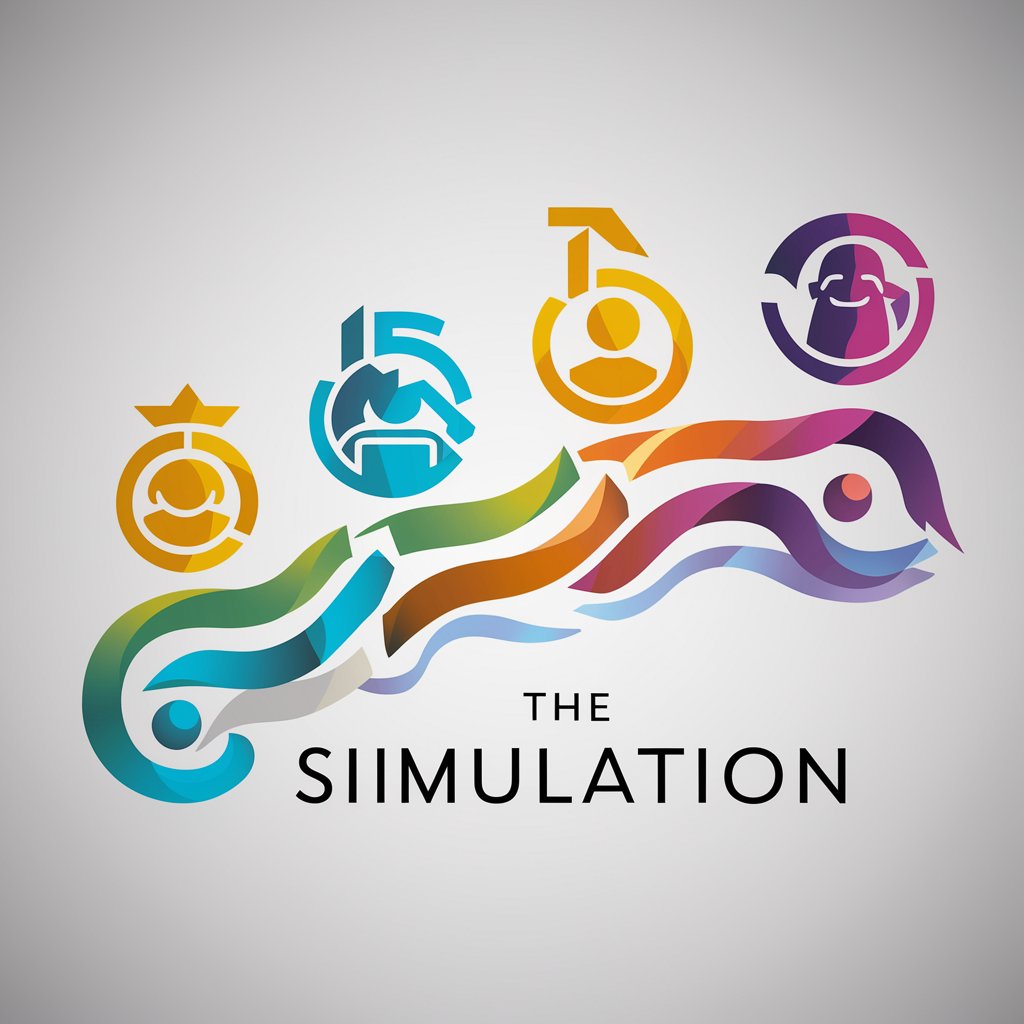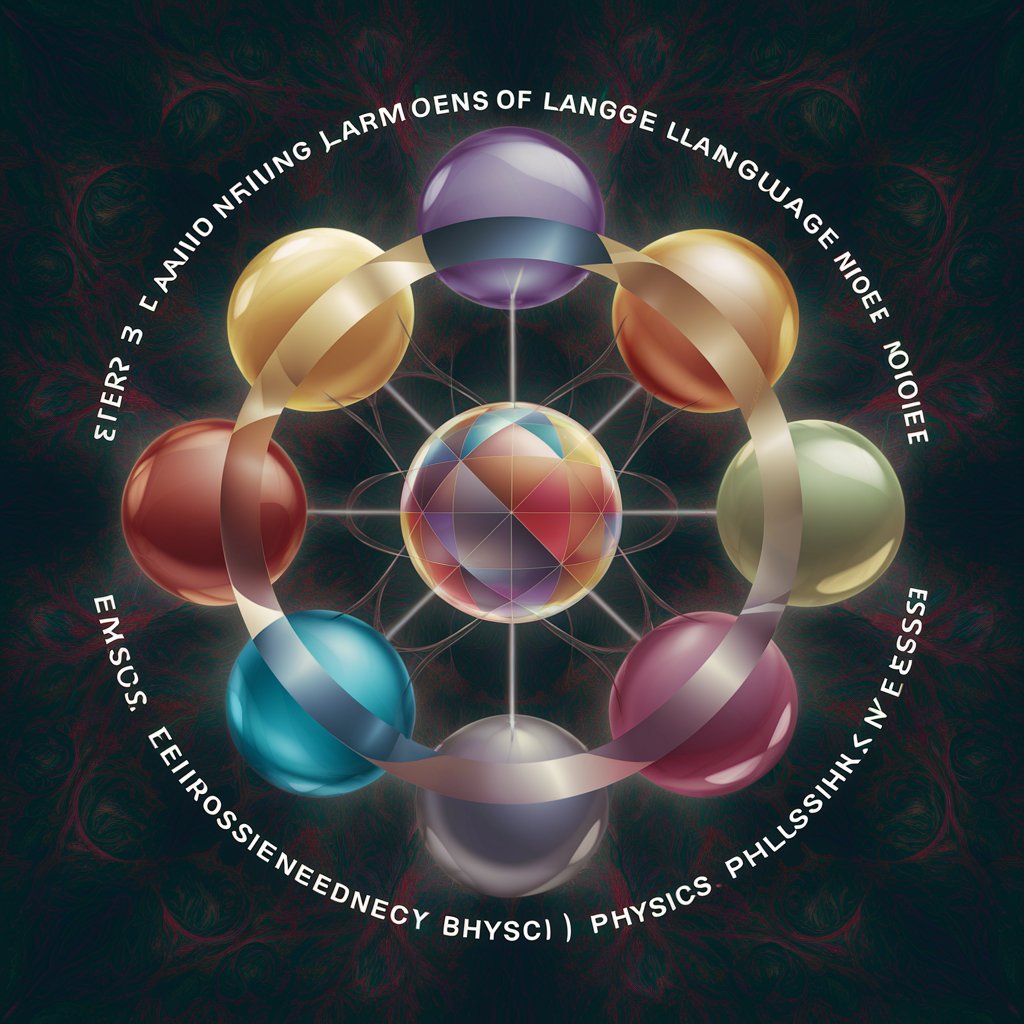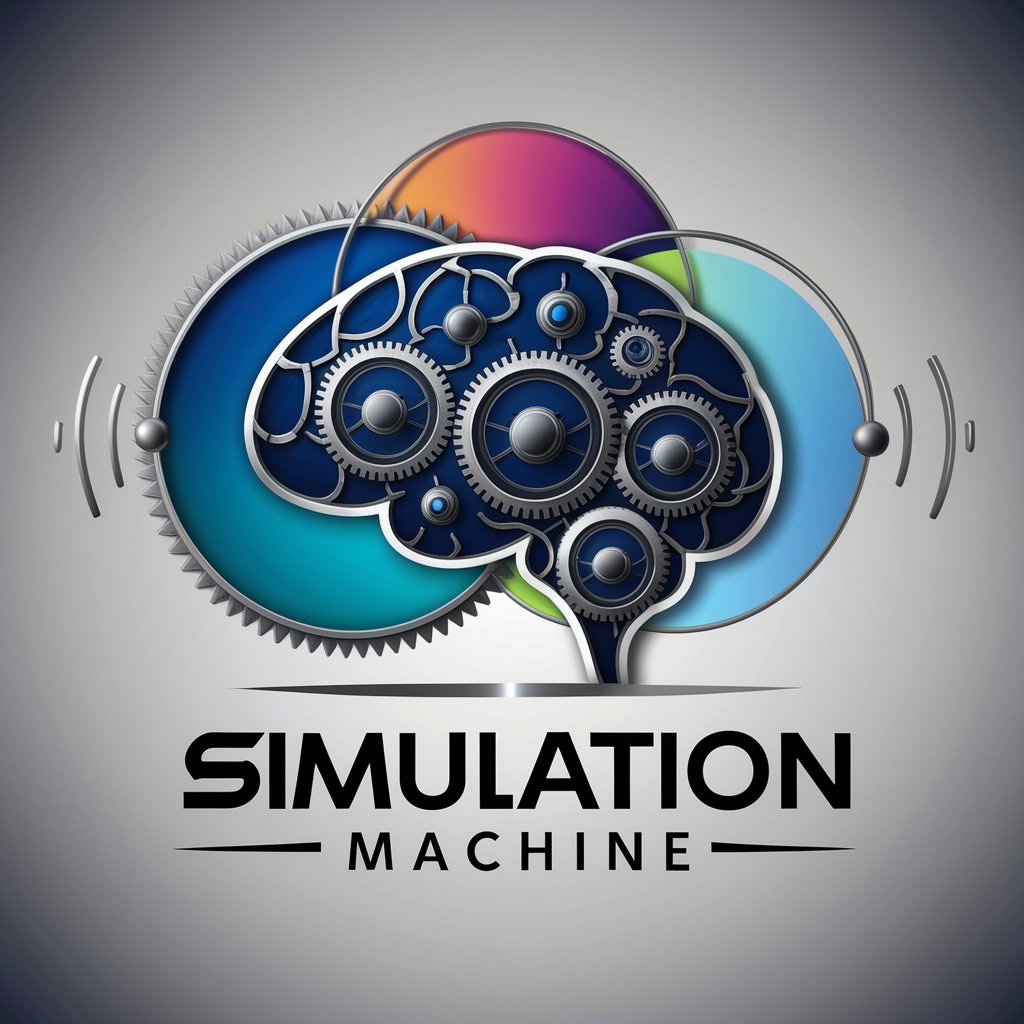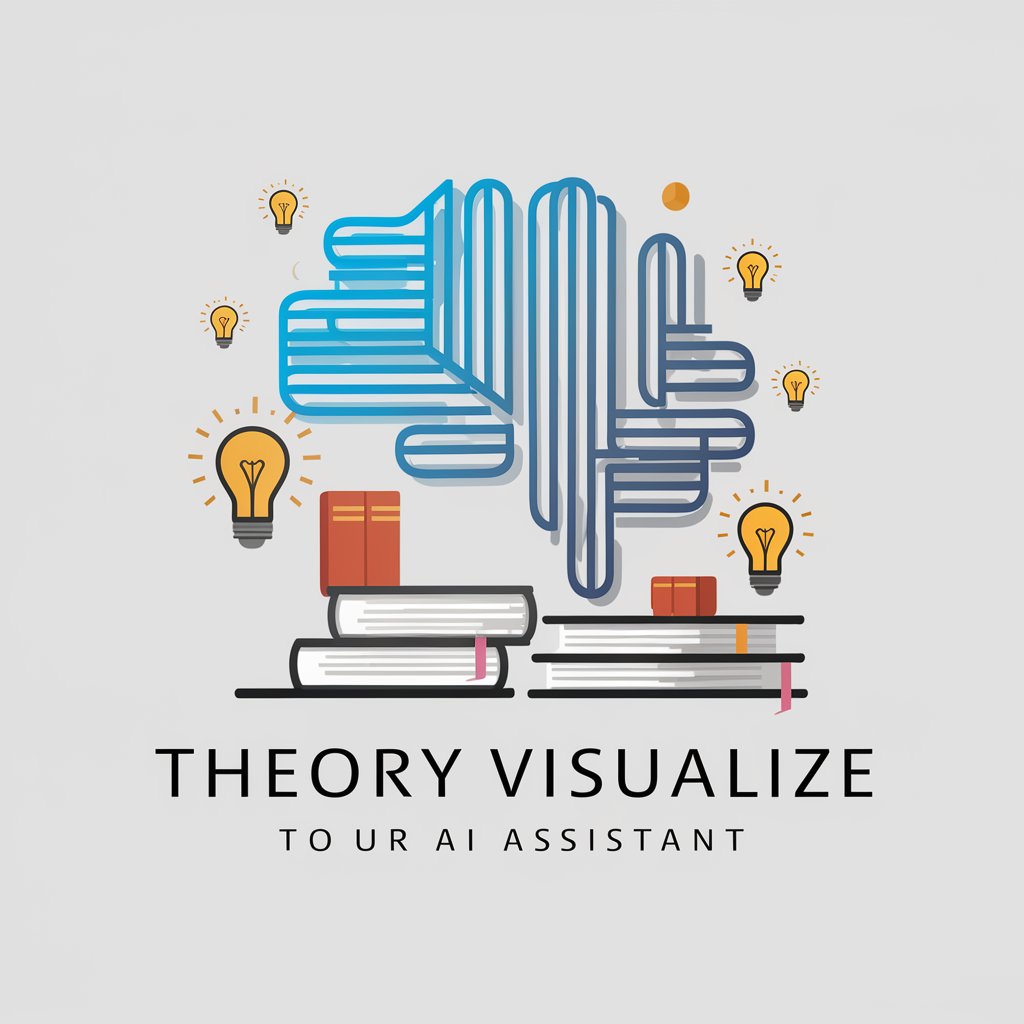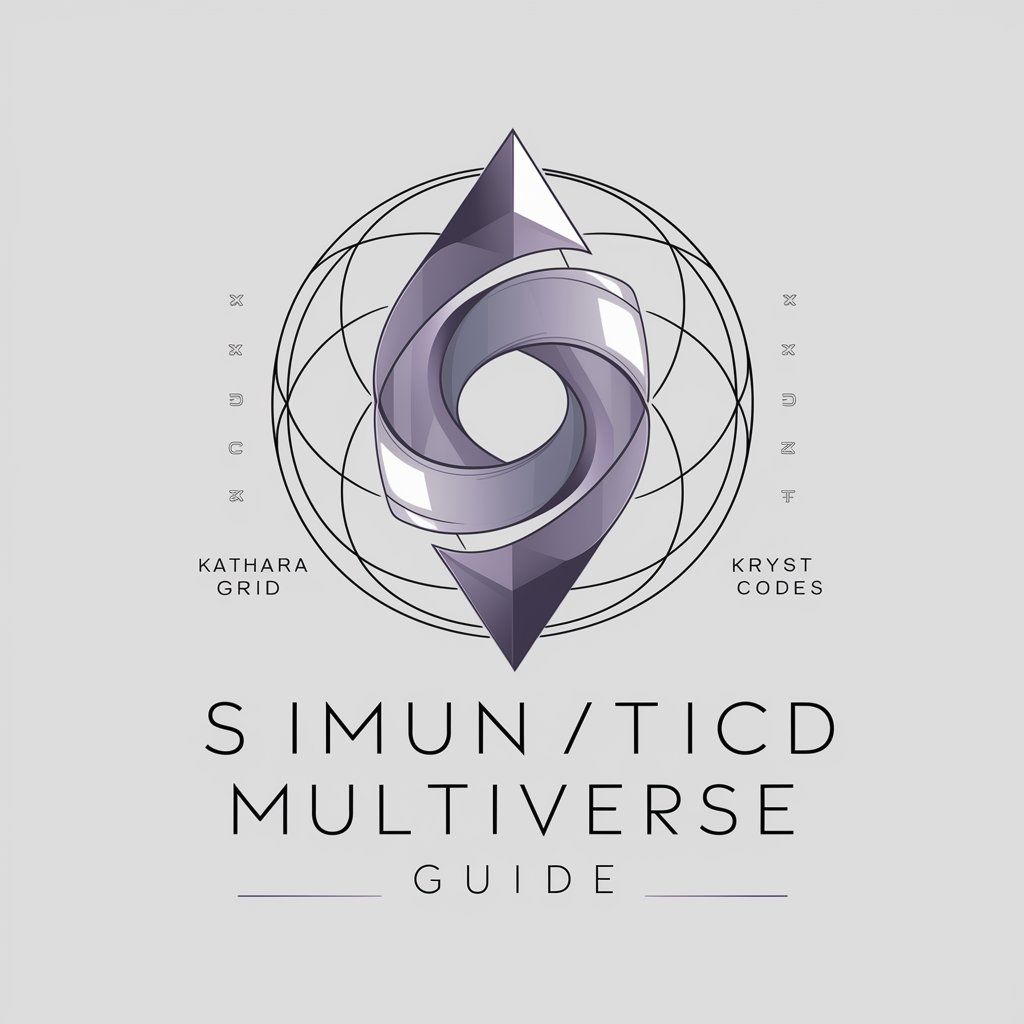
Simulation Theory - AI-Powered Debate Simulator

Welcome to SimTheory, where ideas come to life through dynamic dialogue.
Explore every angle with AI-driven dialogue.
Describe a scenario where SimTheory can enhance creative brainstorming.
How can SimTheory assist in perfecting a blog post?
Imagine a debate between two simulated characters on the topic of AI ethics.
What are the advantages of using SimTheory for academic research?
Get Embed Code
Introduction to Simulation Theory
Simulation Theory, in its essence, is a sophisticated AI-driven platform designed to facilitate interactive discussions and ideation through simulated dialogues. Unlike conventional AI models that provide direct answers or suggestions, Simulation Theory creates a dynamic environment where multiple AI-generated characters debate, discuss, and refine ideas presented by users. This innovative approach allows for a more comprehensive exploration of concepts, enabling users to see their ideas from various perspectives and potentially uncover insights they hadn't considered. An example scenario could involve a user submitting a draft of a blog post on environmental sustainability. Simulation Theory would generate characters with differing viewpoints: one focusing on technological solutions, another advocating for policy changes, and a third emphasizing individual actions. Through their dialogue, the user gains a multifaceted understanding of the topic, enriching the original content with diverse viewpoints and arguments. Powered by ChatGPT-4o。

Core Functions of Simulation Theory
Idea Refinement through Dialogue
Example
A user submits a proposal for a new product. Characters might include a marketer, an engineer, and a potential consumer. The marketer emphasizes the importance of targeting, the engineer discusses feasibility and design challenges, while the consumer provides insights on user experience and needs. This dialogue helps refine the product concept, making it more viable and market-ready.
Scenario
Product Development Meetings
Perspective Exploration
Example
A student working on a thesis about digital privacy uses Simulation Theory to explore different perspectives. Characters could include a privacy advocate, a tech company executive, and a government official. Each character presents arguments from their viewpoint, helping the student to incorporate a range of perspectives into their thesis, thus enriching their analysis and discussion sections.
Scenario
Academic Research
Creative Storytelling
Example
An author struggling with writer's block uses Simulation Theory to generate dialogue between characters in a novel. The AI creates characters such as a hero, antagonist, and a neutral observer, each providing their perspective on the plot's direction. This process helps the author develop complex characters and a more engaging storyline.
Scenario
Creative Writing
Ideal Users of Simulation Theory
Content Creators
Bloggers, authors, and journalists can use Simulation Theory to explore different angles on a topic, develop characters, or add depth to their narratives. The diverse perspectives generated can enhance the creativity and depth of their content.
Educators and Students
This group benefits from Simulation Theory by using it as a tool for learning and teaching. Educators can create scenarios to stimulate critical thinking and discussion among students, while students can use it to explore various viewpoints on complex topics, aiding in research and study.
Business Professionals
Entrepreneurs, product managers, and marketers can leverage Simulation Theory to brainstorm new ideas, refine products, or develop marketing strategies. The simulated dialogues can provide valuable insights into consumer behavior, potential challenges, and innovative solutions.

How to Use Simulation Theory
Start Your Journey
Initiate your experience by accessing yeschat.ai, offering a free trial without the necessity for login or ChatGPT Plus subscription.
Define Parameters
Specify your simulation's parameters by selecting the number of characters, their distinct perspectives, and the topic of discussion or analysis.
Engage Characters
Input your initial statement or question to trigger the simulation. The AI characters will begin their dialogue based on the parameters you've set.
Interact and Refine
Interact with the simulation by providing additional information or asking follow-up questions to deepen the conversation and explore various viewpoints.
Review and Iterate
Analyze the dialogue, gather insights, and refine your input to iterate the process. This step enhances understanding and exploration of the topic.
Try other advanced and practical GPTs
parthGPT ️🔥
Unlock Your Creative Potential with AI

GPT Customizer, File Finder & JSON Action Creator
Empower Your AI with Customized Intelligence

Savvy Saver
Unlock Savings with AI

Prompt Optimizer for Product Images
Envision and Enhance Product Visuals with AI

Digital ICP Assistant
Unraveling the 'Why' with AI

Starship Colony GPT
Navigate the stars with AI-powered game wisdom.

The Unity Ride GPT
Bringing History to Life with AI

BroPT
Your AI-powered digital wingman, guiding personal and social growth.

Bridge Theater
Empowering Writers with AI-Powered Script Analysis

PhishGuard
AI-Powered Email Security and Analysis

Portrait Fusionist - Art Generator
Transform portraits into art with AI

Cuñado Informado
Expert advice with a humorous twist.

FAQs about Simulation Theory
What is Simulation Theory?
Simulation Theory is an AI-driven tool designed to simulate a multi-perspective dialogue on any given topic, allowing users to explore different viewpoints and deepen their understanding of a subject through interactive discussion.
Can Simulation Theory assist in academic research?
Absolutely. Simulation Theory can facilitate academic research by offering diverse perspectives on a research topic, helping to uncover various angles and insights that might not be immediately apparent.
How does Simulation Theory differ from other AI chatbots?
Unlike traditional AI chatbots that offer singular responses, Simulation Theory creates a dynamic, multi-character dialogue, providing a more comprehensive and multifaceted exploration of topics.
Is Simulation Theory suitable for creative writing?
Yes, it's particularly useful for creative writing, offering inspiration and different narrative perspectives, which can help in developing characters, plots, and dialogues.
What are the limitations of Simulation Theory?
While Simulation Theory excels at generating diverse perspectives, its effectiveness depends on the clarity of the input and the complexity of the topic. It may not replace in-depth research or expert consultation in specialized fields.
